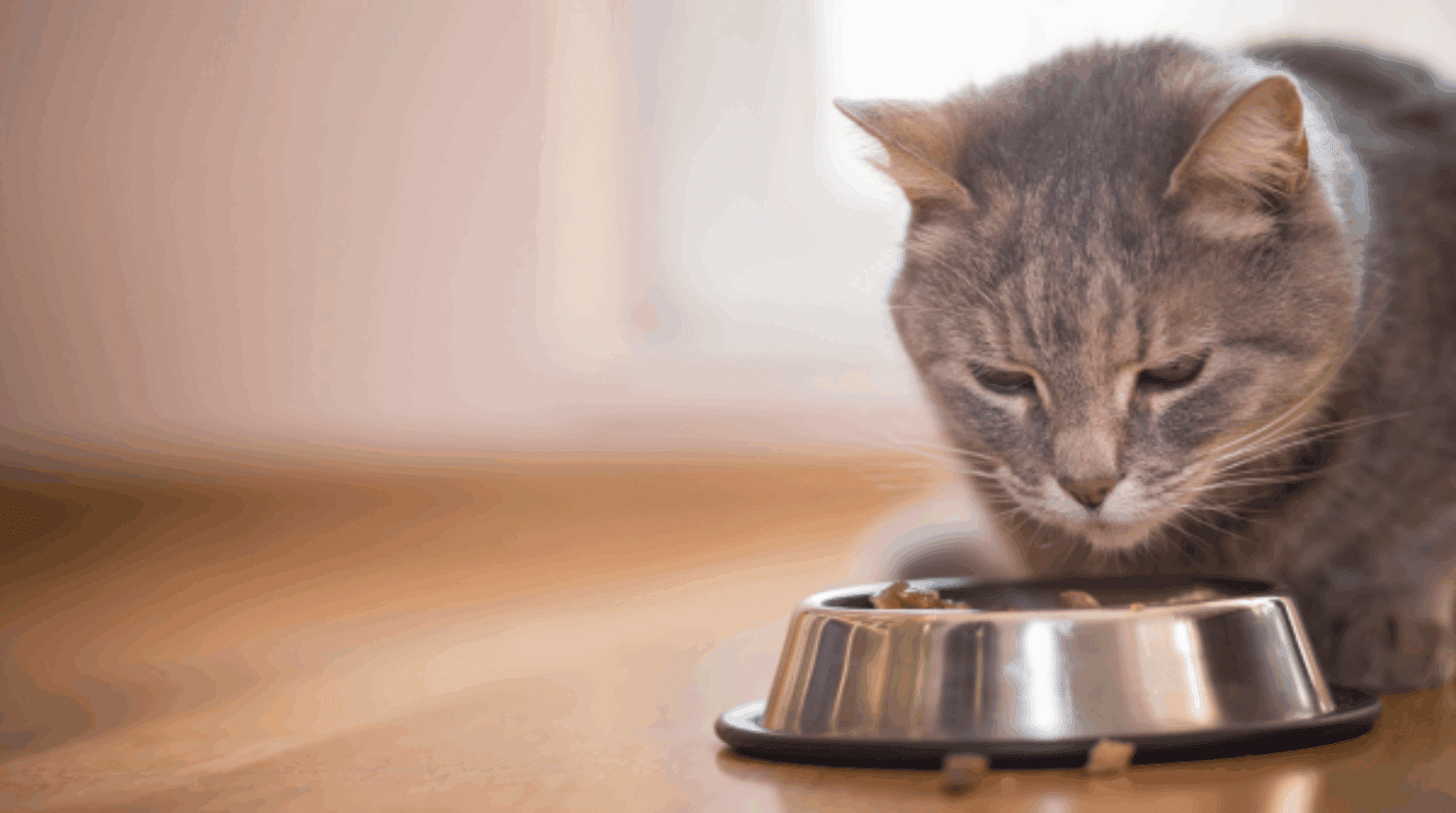Equine obesity and how we can prevent laminitis
Welcome to the Bova UK Podcast, where we explore equine obesity and laminitis prevention—vital topics for every veterinary professional. From diagnosis to long-term management, our episodes support vets and nurses with practical, evidence-based insights.
In this episode, Dave Rendle BVSc MVM CertEM(IntMed) DipECEIM FRCVS who is an RCVS and European Specialist in Equine Internal Medicine discusses the link between equine laminitis and obesity, and how obesity is persisting as a major welfare concern. Dave will run through techniques for diagnosing high insulin levels and touch on some management techniques. Dave also discusses new and better-known pharmaceuticals and the responses that have been seen with their use.
If you are a vet and would like more information on Bova UK and formulations manufactured then please email office@bova.co.uk so we can put you in touch with your territory manager.
Transcripts
Equine obesity and how we can prevent laminitis
Introduction
Welcome to the Bova UK Podcast, where we discuss diseases from diagnosis through to management. These podcasts are aimed at registered vets and veterinary nurses. If you’re listening as a pet owner, we advise you to consult your local veterinary surgeon if you have any concerns about your animal.
Meet the Guest: Dr. Dave Rendle
Host:
Welcome to today’s podcast. I’m joined by Dave Rendle, RCVS and European Specialist in Equine Internal Medicine. Hi Dave, how are you?
Dave Rendle:
I’m good, thanks! Well, good considering it’s nine o’clock on a Monday morning – a bit of a harsh start to the week. Definitely need coffee.
Host:
You’ve been keeping busy since leaving Rainbow Equine Hospital. What have you been up to?
Dave:
I was due to go to Bristol Uni, but the timing didn’t work out. I’ve been busy with R&D, including work with Bova and some BEVA projects. I’ve also been relocating and spending time with sheep—though I wouldn’t recommend sheep farming to the faint-hearted!
Equine Obesity and Laminitis: A Growing Concern
Host:
Are we seeing more cases of equine obesity and laminitis?
Dave:
Yes – especially compared to 20 or 30 years ago. Many horses are now kept as companions, not working animals, which contributes to weight gain. Surveys show 50% of UK horses are overweight, rising to 72% in native pony populations.
Why Is Tackling Obesity So Difficult?
Host:
Why is equine obesity so persistent, and is it hard to bring up with owners?
Dave:
It’s complex. Owners often see fat horses as normal, especially show horses. Many value the “3 Fs”—forage, friends, and freedom—so recommended changes like restricted grazing or reduced turnout can seem harsh. These emotional attachments make the conversation challenging.
Host:
Does discussing metabolic syndrome help?
Dave:
Yes. Talking about equine metabolic syndrome (EMS) or hyperinsulinaemia removes blame and offers a more clinical framework. Objective data, like insulin results, help owners understand and engage.
The Link Between Obesity and Laminitis in Horses
Host:
What’s the link between equine obesity and laminitis?
Dave:
High insulin levels are the culprit. Fat tissue releases adipokines, which drive insulin dysregulation, leading to laminitis. Although the exact mechanism isn’t fully understood, high insulin is a strong predictor of risk.
How to Test for Hyperinsulinaemia
Host:
How do you test for high insulin?
Dave:
- Fed resting insulin test (after normal forage): preferred for practicality.
- Karo Light Challenge Test: more consistent but less convenient.
- Other options like the oral glucose challenge or IV tests are used in research settings.
What to Do if Insulin is High
Host:
So, insulin is high—what next?
Dave:
That’s your opportunity to explain the laminitis risk. For example, ponies with insulin >20–30 μIU/mL have double the laminitis risk.
Interventions include:
- Reducing sugar/starch in the diet
- Tackling obesity
- Managing PPID if present
Managing Equine Obesity: Diet and Owner Engagement
Host:
What are the basics of dietary control?
Dave:
Reduce soluble carbohydrates, control calorie intake. Owners often know the tools—soaked hay, grazing muzzles, etc.—but sticking to them is hard. That’s where behavioural science, like Tamzin Furtado’s work, comes in.
Pharmacological Options for Hyperinsulinaemia
Host:
What medications are available?
Dave:
- Levothyroxine: Encourages weight loss; effective but not always favoured.
- Metformin: Reduces insulin spikes; effectiveness is debated.
- SGLT2 Inhibitors (e.g. ertugliflozin, canagliflozin): These human diabetes drugs rapidly reduce insulin and improve laminitis symptoms.
New Drug Spotlight: Ertugliflozin
Host:
Tell us more about ertugliflozin.
Dave:
We trialled it on laminitic ponies with hyperinsulinaemia. Insulin dropped from ~280 to 44 μIU/mL in 30 days. Most improved significantly, many were off NSAIDs by day 14. Very promising even in chronic cases—but not licensed, so must be prescribed using the cascade.
Managing PPID and Using Combination Therapy
Host:
Can these drugs be used in PPID cases?
Dave:
Yes. Pergolide doesn’t always reduce insulin, so combining it with an SGLT2 inhibitor can be effective. Early results are encouraging, but safety data is still developing.
When to Use What: Choosing the Right Drug
Dave:
- Levothyroxine is good in obese, insulin-dysregulated horses.
- Ertugliflozin seems to offer both weight loss and insulin control.
- Metformin may suit lean but insulin-dysregulated horses.
We’re likely to see more SGLT2 inhibitors used when management alone isn’t enough.
Key Take-Home Messages
Dave:
- Measure insulin early and often—it opens up the conversation.
- Use numbers to describe risk—it’s clearer than discussing “fat”.
- Focus on management first, but now we have better drug options.
- Outcomes can improve—our tools are getting better.
Wrap-Up
Host:
Brilliant, Dave. Thank you for another insightful and practical chat. Hopefully we’ll get you back soon—maybe even to talk about sheep?
Dave:
Ha, maybe! A sheep spin-off podcast sounds like fun.
Outro
These podcasts are for registered vets and veterinary nurses. If you’re a pet owner, always consult your local veterinary surgeon.
For more information on Bova UK products and formulations—or to access webinars with Dave Rendle and Tamzin Furtado—please visit the Bova speaker page or email office@bova.co.uk.




